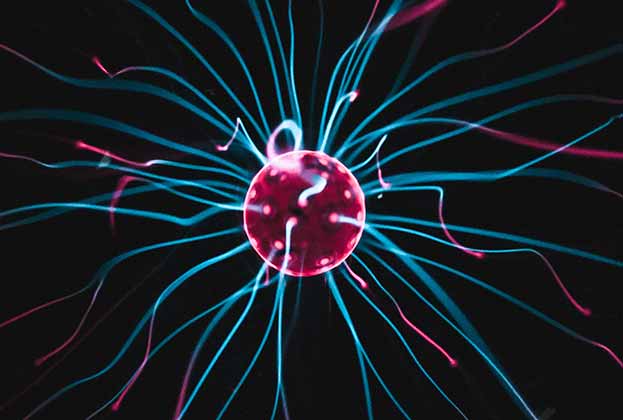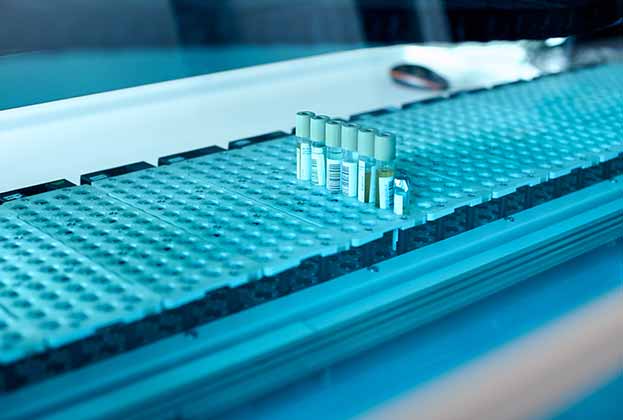Matt Soules, Director in Savills Building and Project Consultancy assesses the potential for conversion of office stock
The requirements for life science real estate vary significantly among occupiers. These can range from start-up incubators to large headquarters with traditional office space. Unlike other traditionally office-based industries, R&D operations require workers to operate specialist machinery/ equipment in optimised environments, and the sector is therefore more resilient to the impact of remote working.
Lab rents in the UK continue to command a premium over the rest of Europe, with London lab rents achieving as high as €999 per sq m, followed by Cambridge €562 per sq m and Oxford €562 per sq m. Respectively, office rents can achieve €1,124 per sq m (London), €606 per sq m (Cambridge) and €587 per sq m (Oxford).
However, we see some opportunity for conversion of office facilities in selected mainland European life science clusters where there is a lower spread between capital values. For example, due to the specialism of Leiden’s life science sector, laboratory capital values outweigh traditional office values.
Challenges facing conversion of offices to laboratories
More specifically for wet laboratories, building requirements including increased ventilation allowing a minimum of six air changes per hour, gas storage, waste handling facilities and backup generators all increase CapEx requirements. In addition, these facilities require higher slab-to-slab heights (ideally over four metres), which is higher than some traditional offices can accommodate. Chemical labs, in particular, will also require fume cupboards and local exhaust ventilation (LEV), which require ducting out to fresh air, and requires planning permission. Other considerations include additional space for tenant generators and dual incoming comms suppliers in order to provide occupiers with resilient operational systems.
Typically, when providing incubator facilities, the landlord is expected to pay for a full Cat B fitout. However, as tenants mature to requiring 500–1,000 sq m offices, fitouts become more specific to the occupier and many landlords will either provide a Cat A fitout or a shell and core with contributions for the tenant to personalise their own space. For large scale requirements, landlords tend to opt for an enhanced shell and core fitout and as a result of the Covid-19 pandemic, we are observing increasing demand for wet labs.
Another short-term factor is that construction cost inflation is currently at its highest level on record in the UK, so change of use will become more likely once costs have stabilised.
Overall, the scarcity of laboratory spaces in the UK means we are seeing an increase in the conversion of offices to laboratories, despite the technical and cost challenges that these projects can present. Until the market's appetite for undertaking speculative development of laboratory buildings changes, we anticipate conversions of existing spaces will continue in the core markets of the Golden Triangle.
Read the articles within Spotlight: European Life Sciences below.
.jpg)


